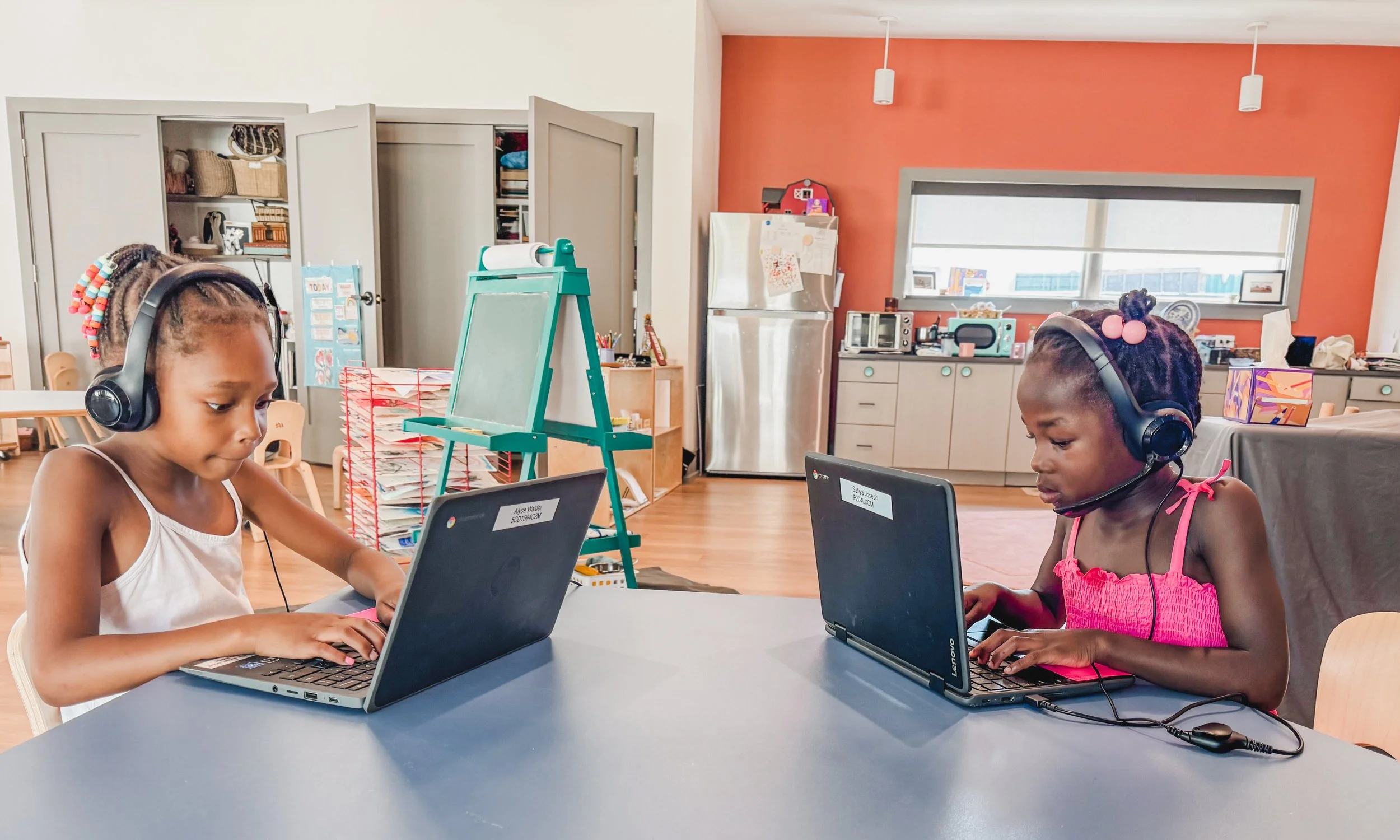Six Ways Self-Directed Schools Are Better for Children With Learning Differences
By Caleb Collier, Ph.D.
Across the country, millions of young people experience school through the lens of difference. For the 7.5 million students served under the Individuals with Disabilities Education Act (IDEA), the system often feels mismatched with how they learn best. Graduation rates tell part of the story: only about two-thirds of students with disabilities complete high school, compared to more than 84% of all students nationwide.
A new research brief from Education Reimagined and the Institute for Self-Directed Learning—Addressing Specific Learning Differences Through Learner-Centered Education—offers evidence that another way is possible. Drawing from both research literature and a year-long multi-case study, the report explores how learner-centered environments are helping young people with diverse learning needs not just survive school, but thrive.
The Study
The research examined three very different public schools:
Avalon School in St. Paul, MN – a project-based charter school with democratic governance.
LaFayette Big Picture High School in rural New York – where internships and community mentors form the core of learning.
Norris School District in rural Wisconsin – a trauma-informed K–12 program serving youth with high mobility and complex needs.
Across these sites, up to 76% of learners had IEPs or 504 plans. Yet rather than separate or remediate, these schools designed whole learning environments around inclusion, flexibility, and belonging.
Six Dimensions of Support
The study identified six dimensions that make learner-centered environments especially effective for students with learning differences:
Safety – Learners feel secure, respected, and supported.
Community – Relationships and shared responsibility create belonging.
Advocacy – Youth develop the voice and confidence to shape their own learning.
Adaptability – Systems flex to accommodate diverse needs and backgrounds.
Relevance – Learning connects to real-world interests and authentic contexts.
Choice – Multiple pathways and modalities let learners demonstrate understanding in ways that work for them.
When these dimensions intersect, they form a powerful antidote to the exclusion many students with disabilities have experienced in traditional systems.
From Deficit to Strength
The report details how these principles come alive:
A learner with dyslexia gains confidence through project-based work that values knowledge over decoding speed.
A student with ADHD learns to regulate energy through movement and choice, transforming “disruption” into creativity.
Learners with anxiety rediscover joy in settings where they feel seen, supported, and safe to take risks.
Youth with autism or sensory processing differences thrive in flexible environments that honor individual needs instead of forcing conformity.
Across the cases, the same pattern emerged: when learners are trusted, supported, and given agency, differences become assets.
Implications for Schools and Systems
This study reinforces what many educators already know intuitively: the most effective supports for youth with learning differences are also the most human. Relationship-rich, adaptive environments serve all learners better—those with and without formal diagnoses.
For system leaders, the findings suggest that inclusion cannot be an add-on; it must be woven into the design of learning itself. The six dimensions—safety, community, advocacy, adaptability, relevance, and choice—offer a framework for doing exactly that.
As one graduate reflected, “I had never experienced that type of care and acceptance at any of my previous schools.”
A Call to Reimagine
Learner-centered education is more than a philosophy—it’s an evidence-based path toward educational equity. It invites schools to see every learner as capable, every difference as instructive, and every classroom as a community of belonging.
Ready to create something new? Register for our upcoming Microschool Accelerator or join us for a series of Educator Workshops.



